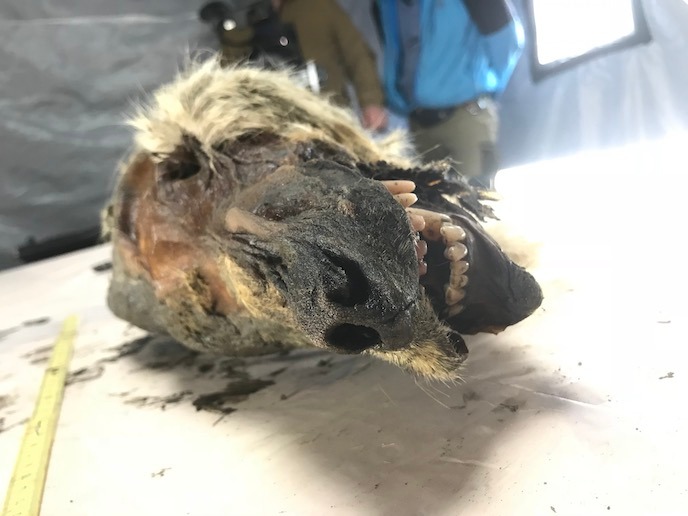Massive DNA collation of wolf fossils offers fresh clues to survival of the fittest
Since Charles Darwin’s ‘On the Origin of Species’, published in 1859, biologists and other scientists have probed the ‘survival of the fittest’ notion. The Swedish Museum of Natural History(opens in new window) has just provided fresh fodder for them. Its Centre for Palaeogenetics(opens in new window) has extracted DNA from wolf fossils throughout Eurasia spanning the last 100 000 years – the largest ancient wolf genome data set ever collected. “It will be critical for understanding how wolves, and other species, have or have not adapted to historic climate change,” says Dave Stanton, who carried out the data collation during the 2.5-year SURVIVOR project with the support of the Marie Skłodowska-Curie Actions(opens in new window). Supervised by Love Dalén, professor in Evolutionary Genetics, Stanton prepared and sequenced hundreds of ancient samples from different museums across Europe, Asia and North America using next-generation sequencing. The technique reads huge numbers of DNA sequences in parallel, which allows for generating billions of DNA letters in a single run. “In the last 10 years, advancements in laboratory methods and analysis techniques have allowed this technology to revolutionise the field of ancient DNA,” explains Stanton. The researchers chose 20 wolf samples where the DNA was especially well preserved and carried out whole genome sequencing on them. Those genomes were added to about 50 ancient wolf genomes previously collected and sequenced.
Wolves that once walked the earth
The data collection has shed light on wolves that went extinct before the Last Glacial Maximum(opens in new window) some 14 000 years ago. “Wolves then appear to be very different to how they are today, in terms of their morphology, their ancestry and their adaptive genetic variation – the genes that determine how they interact with and adapt to their environment,” notes Stanton. “What is surprising is the clear and sudden nature of the changes that we see between these wolf populations.” The wolf genomes collected will be crucial for a future case study on the wolf populations, which will be used to model the extinction process in other species to try to predict which of these species are more likely to be vulnerable to future climate changes. Stanton and his team will share their findings on wolves in a paper due out shortly. “The funding has facilitated the generation of numerous results that will lead to scientific publications and data sets that will be valuable for future research,” observes Stanton.







